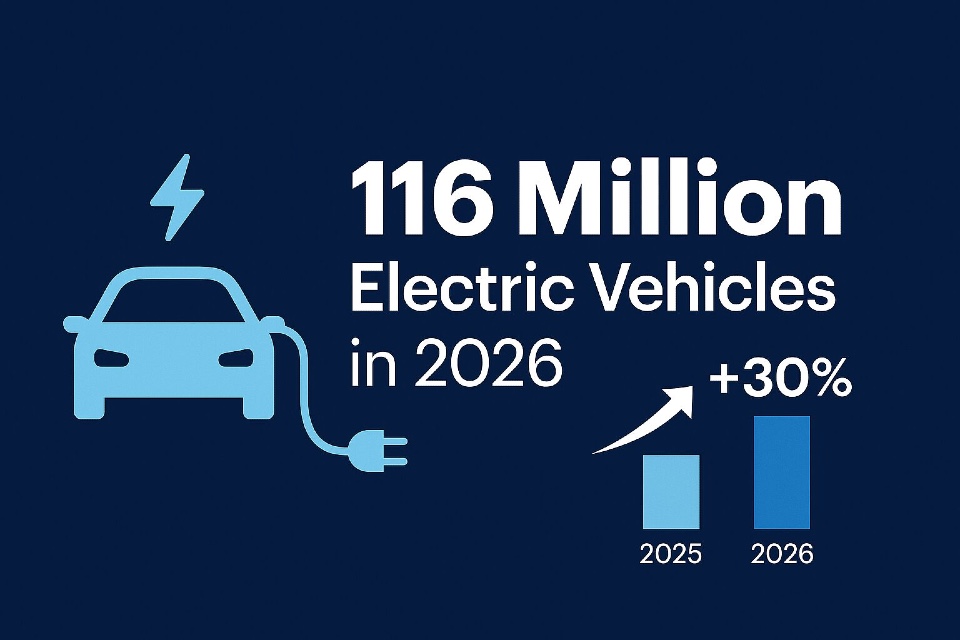For the year ending June 2018, 1,770 people had died on British roads, while 25,000 more were seriously injured. Many of these deaths and injuries have been linked to breaking speed limits or driving beyond the means of the weather conditions.
Speed limits, despite often frustrating, are there for a reason, whether it is to control the flow of the traffic, or to ensure the utmost safety.
Initially introduced in 1861, the UK is awash with speed cameras, approximately 3,000, some of which are designed to implement fines that are 125 to 175 per cent of your weekly wage.
With the rise of black box insurance plans bringing a closer focus on what speeds you can travel, Ford Transit Custom dealers Lookers take a look at what speeds you’re legally allowed to travel and where, as well as speed restrictions on certain commercial vehicles…
Motorways
With 160 deaths in the last 10 years, the M6 is said to be the deadliest motorway in the UK. The M49, which covers the Bristol and Gloucestershire area, on the other hand, was found to be the safest.
70mph is the general speed limit on a motorway in the UK. However, this does differ and drop to 60mph if you are towing a caravan or trailer, driving a bus/coach over 12 metres long, or driving a heavy goods vehicle of over 7.5 tonnes.
Single and duel carriageways
On A roads, 43 per cent of all accidents occur, therefore it’s perhaps important to understand exactly what speed each vehicle can travel. Here, depending on your vehicle, the speed limit differs. For a normal-size car, motorbike or car-derived van, the cap is at 60mph on a single carriageway and 70mph on a dual carriageway. However, if your vehicle has a trailer attached, you must lower your speed by 10mph.
If your motorhome or motorcaravan weighs less than 3.05 tonnes then you are able to go at the same speed as a trailer-less car, but if they are over 3.05 tonnes in weight, then the 50mph on a single carriageway and 60mph on a duel carriageway limits apply. These lower limits also apply for buses and coaches that are over 12 metres in length, and heavy goods vehicles. It is important to be aware that if a heavy goods vehicle weighs over 7.5 tonnes, the speed limits drop a further 10mph if you are in Scotland: 40mph on a single carriageway and 50mph on a dual carriageway.
Built-up areas
In areas with street lights, you mustn’t go above 30mph, and in many cases nowadays 20mph where stated. The 30mph limit was reintroduced over 80 years ago, but there are calls to lower it everywhere to try to protect us further. When it was introduced in 1934, although there was one-tenth the number of cars on the roads as there is today, the death tolls were four-fold.
Temporary speed limits
When temporary speed limits are in place, there will be notices, either overhead or along the side of the road, to notify you of the amended limit. These are put in place to help the traffic flow continue, as well as ensure vehicle safety for you, other road users and indeed those working on the road. You must adhere to these signs!
Minimum speed limits
Although a particularly rare sight to come across, minimum speed limits do exist. Usually found inside tunnels, in which driving slowly could exist as a hazard, these limits are displayed on a round, blue sign.
Speed limiters
Vehicles carrying more than eight passengers and those which weigh more than 3.5 tonnes are often fitted with speed limiters. They work by the fuel supply being restricted to the engine once the vehicle reaches its maximum speed. This ensures that the mobile isn’t able to reach — or break —a speed limit.
Mopeds are restricted to a maximum of 30mph, perhaps less. Meanwhile, buses, coaches and minibuses speed limiters are set at 62mph, HGVs – depending on class – are set to 56mph or 53mph. You can purchase speed limit stickers for your vehicle so that cars behind you are aware of your top speed.
Although you may drive on a daily basis, as we have previously mentioned, temporary speed limits can be introduced, therefore keeping brushed up on the various speed limits is crucial, to avoid unnecessary penalties!
Image by PublicDomainPictures from Pixabay







